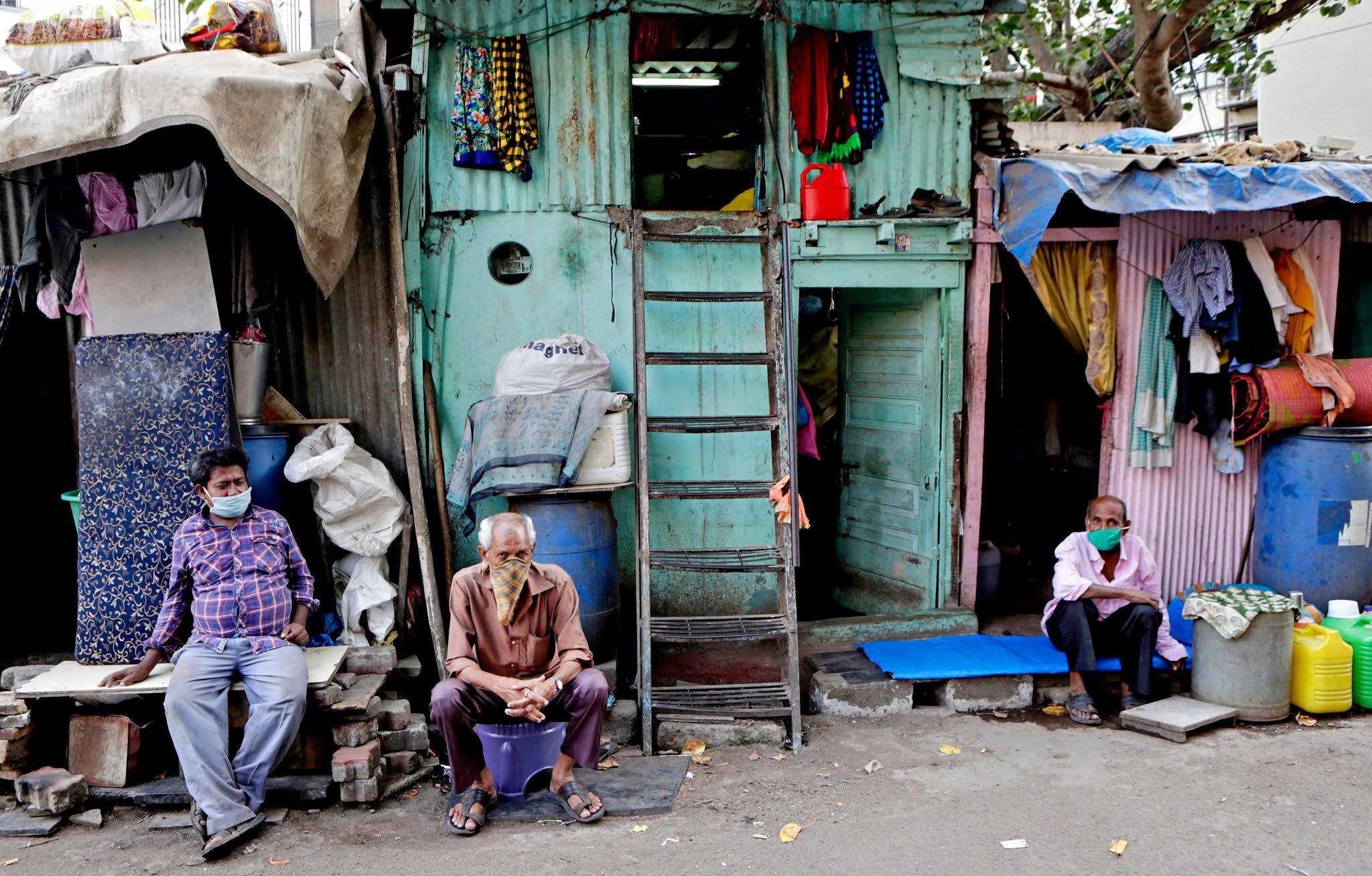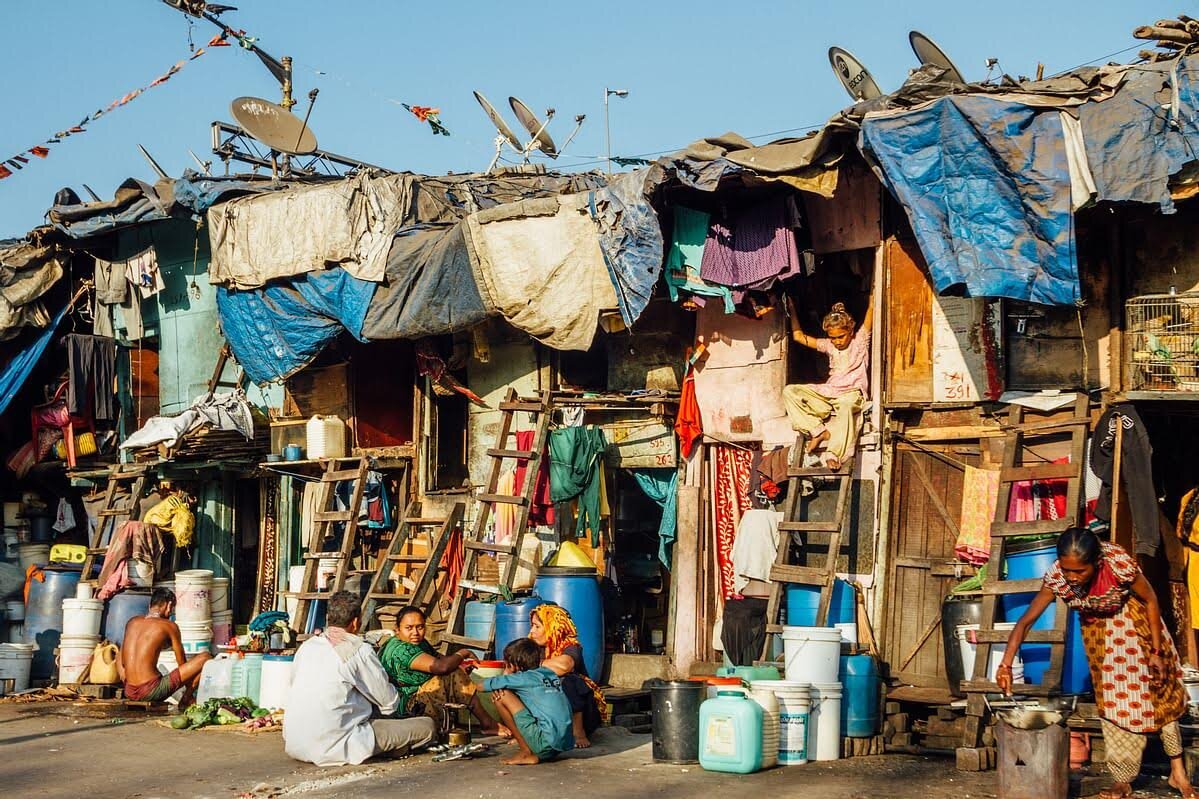Reimagining India's Healthcare Sector Post-Pandemic
In light of the pandemic, India needs to reimagine its healthcare sector. With India ranking 57th in the Global Health Security Index, which measures countries' preparedness and ability to handle the pandemic crisis, it is essential to consider a wider discussion and proposal for a paradigm shift in the infrastructure of healthcare services in India. According to the National Health Profile data, public healthcare services in India, especially in the last decade, have been diminishing, with only 1.29% of the country's GDP in 2019-20 dedicated to public healthcare services. Dismally, India's public expenditure on health is reducing to amounts lower than many countries classified as the 'poorest' globally.
Major Issues Faced During the Pandemic
One of the major healthcare issues that have cropped up during the pandemic is the unavailability of basic infrastructure, where India has 8.5 hospital beds per 10,000 citizens, one doctor for every 1,445 citizens, and 1.7 nurses per 1,000 people, with all of the figures being less than the prescribed limits by World Health Organisation. In addition to the lack of ventilators in hospitals, diagnostic labs' limited availability has led to slow testing rates. There has also been an unequal distribution of workforce practices, with most of the personnel being employed in tier-I or tier-II cities, leading to understaffing problems in rural areas.
Even 2004's Integrated Disease Surveillance Program, one of the major National Health Programme under National Health Mission, for maintaining a decentralised laboratory-based surveillance system to monitor disease trends and to detect and respond to outbreaks in early rising phase, is grappling with lack of personnel and resources as well as struggling to cooperate with the district health systems across states for data collection. In addition to these problems, private healthcare providers, accounting for almost 70% of healthcare provisioning in India — holding 62% of the total hospital beds and ICU beds and 56% of the ventilators — have been offering their services at a much lesser rate than the public hospitals by reportedly denying treatments to the poor as seen in Bihar, and overcharging patients with rates as high as one lakh rupees per day in cities like Mumbai. Regarding the economic policies adopted for India's healthcare system, there is a misbalance in its expenditure on preventative care with only 7% being spent on it, according to the data of the Financial Year 2017. Even in the field of foreign trade, India imports almost 70% of its Active Pharmaceutical Ingredients from China — ultimately creating huge dependence on other nations rather than being self-sufficient — despite being known as the "pharmacy of the world" and globally having the third-largest pharmaceutical industry in the world by volume.
Long-term Measures for a Reformed Health Sector
In light of these issues, India needs to revisit its health policy, take lessons from the pandemic, and hopefully shift to a preventative healthcare economy to tackle any such future crisis. There is a definite need for increased public spending, for which health budgets need to be revised so that India's spending can inch closer to the global average of 6%. States such as Kerala attest to the efficiency of strong public health systems, which have been able to control the adversities of COVID-19 through outreach-based public health strategies and proactive social engagement. A separate Disaster Management Budget for increasing the number of beds and physicians, medical equipment, medicines, and care packages will contribute to successful prevention and cure in the long run. While foreign investments in medical education may lead to positive outcomes, the heavy dependence on other countries for APIs and drugs should be minimised. It should be used as an opportunity to mitigate India's supply of raw materials through mutually beneficial partnerships.
Increasing public spending along with active involvement of community doctors, Panchayat representatives, social healthcare workers, community volunteers, civil society groups, and women's groups will help in creating a robust mechanism for ensuring not just the implementation of government schemes and programs but also in directing efforts towards awareness campaigns, facilitating entitlements for vulnerable and marginalised groups, ensuring delivery of services, and providing local insights for health planning from below. Community healthcare professionals working in tandem with public health staff need to be strengthened in their capacities through better access to basic medical tools, equipment, resources, funding, research, and training.
Additionally, there needs to be a greater emphasis on preventative care in primary and secondary sectors. It has been noted that Primary Healthcare Centres are handling all measures needed for epidemic control, such as testing or detecting cases. However, currently, there is a downward trend in the proportion of the Union health budget allocated for the National Health Mission, which is focused on supporting primary and secondary health care, reporting a cut from 56% in 2018-19 to 49% in 2020-21. Optimum spending in this direction could mean expanding the network of Health and Wellness Centres within the Ayushmaan Bharat program as centres for spreading awareness, disease prevention, and community level monitoring.
Regarding the private sector, there needs to be a legal framework in place to ensure future cooperation between the government and private players. These definite legal frameworks should be such that they focus on the duties and social obligations over private healthcare providers' commercial interests, especially in times of emergency. While states such as Madhya Pradesh and Chattisgarh overtook private hospitals for providing COVID-19 care, long term cooperation for providing free services to the poor and implementing public health schemes need legal provisions for avoiding the drawbacks faced during this pandemic.
Way Forward
This marks the appropriate time for bringing in health system reforms in India by focusing on public health services, increased public spending, active social and community engagement, and regulated private sector services, for turning these dreary times into an optimistic opportunity for a vigorous healthcare system. It would also help ensure one's rights to affordable, accessible, and quality healthcare by employing inputs from all key stakeholders and building solidarities across differences to bridge inequalities.
References
https://www.ghsindex.org/wp-content/uploads/2020/04/2019-Global-Health-Security-Index.pdf
http://www.cbhidghs.nic.in/WriteReadData/l892s/8603321691572511495.pdf
https://thebastion.co.in/covid-19/disease-surveillance-in-india-from-sars-cov-to-covid-19/
Edited by Hiba Arrame



